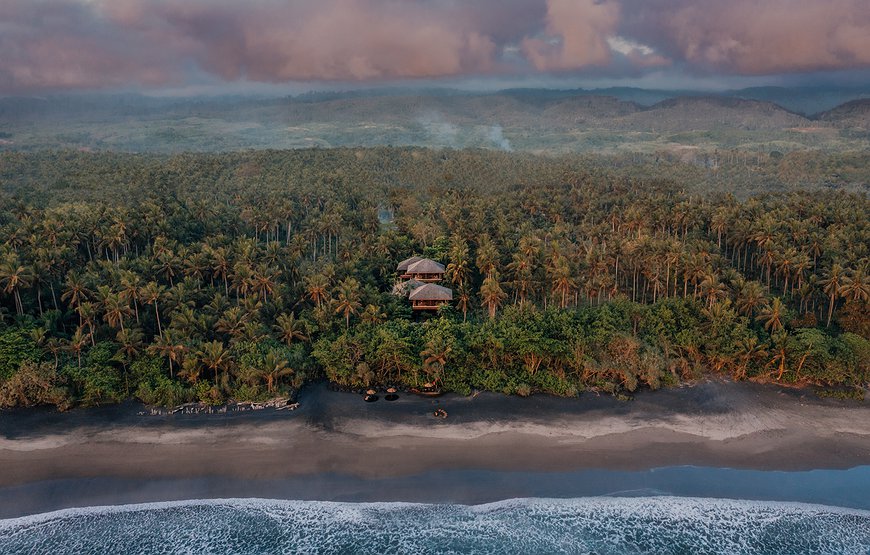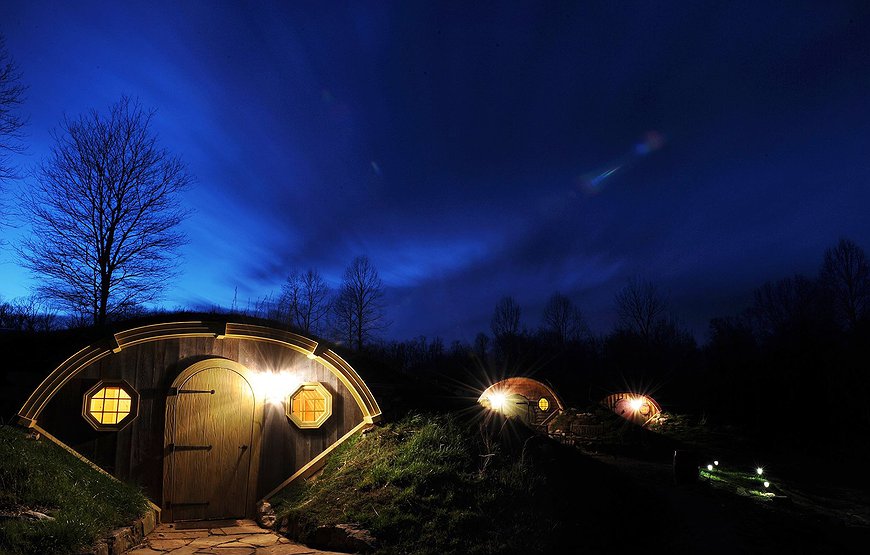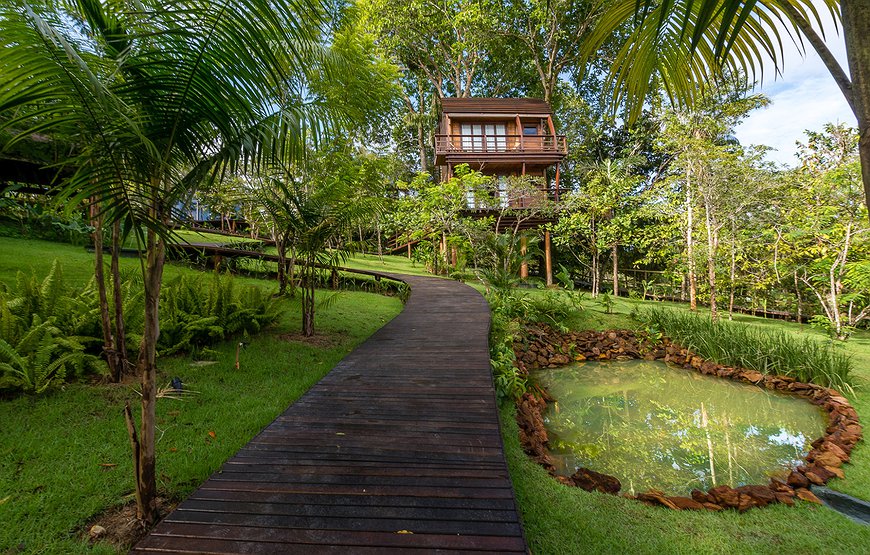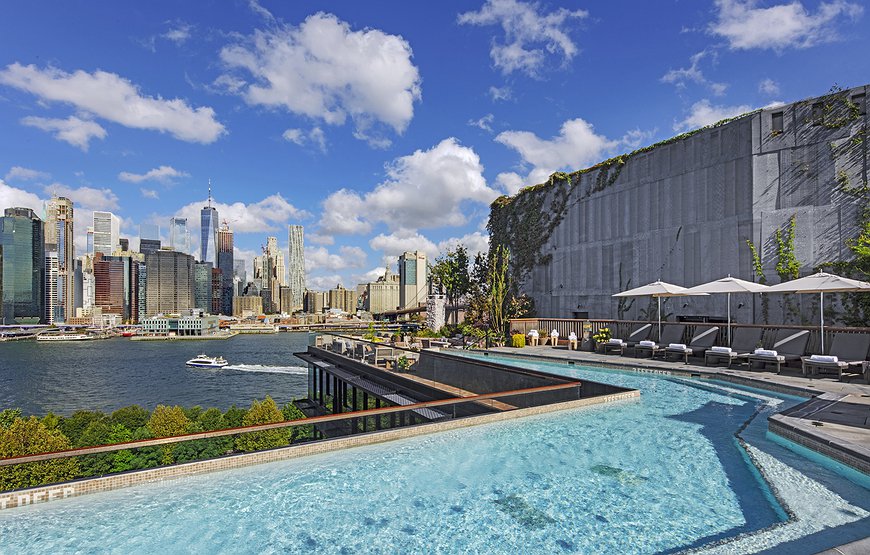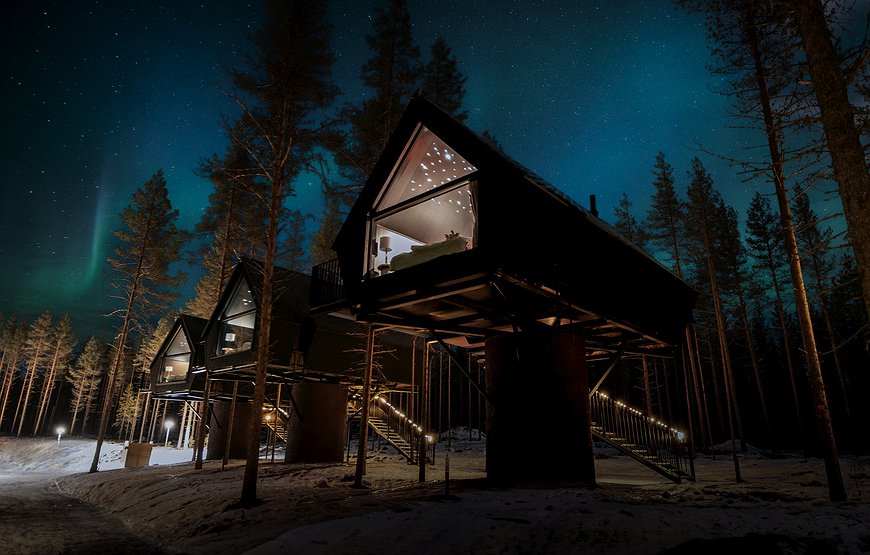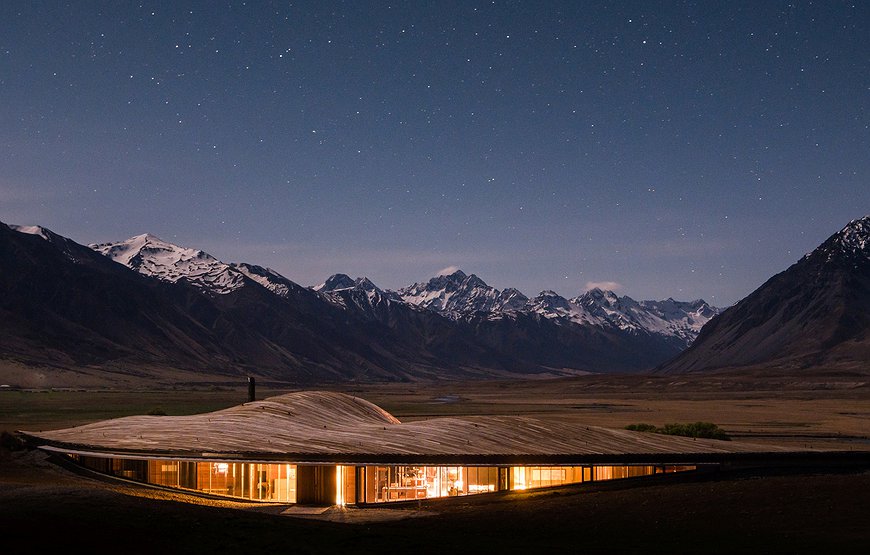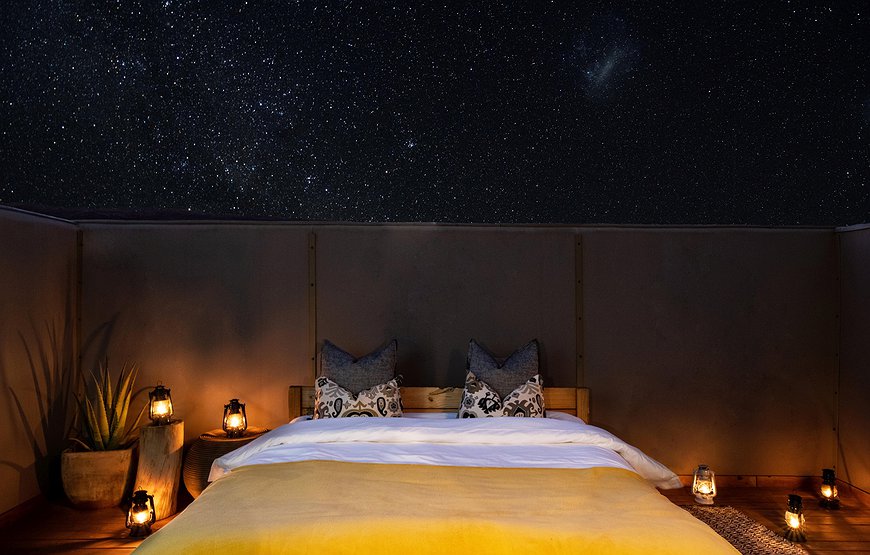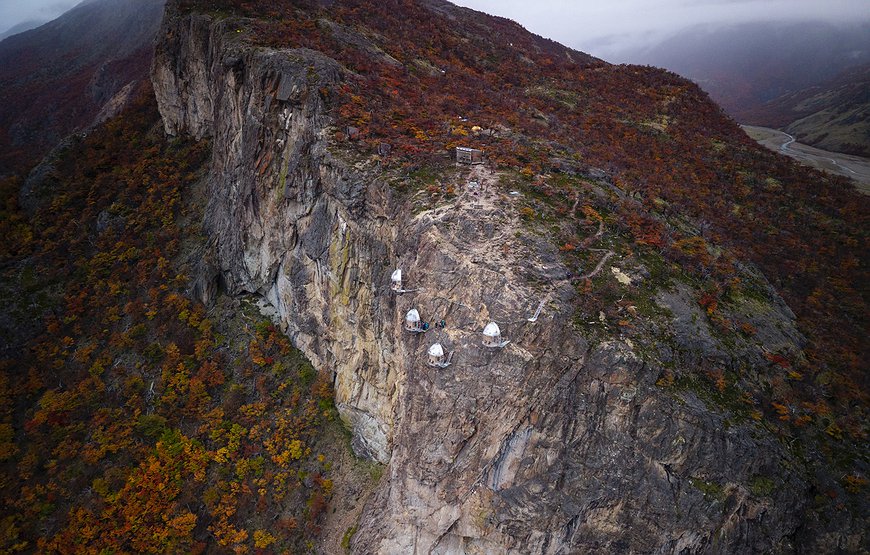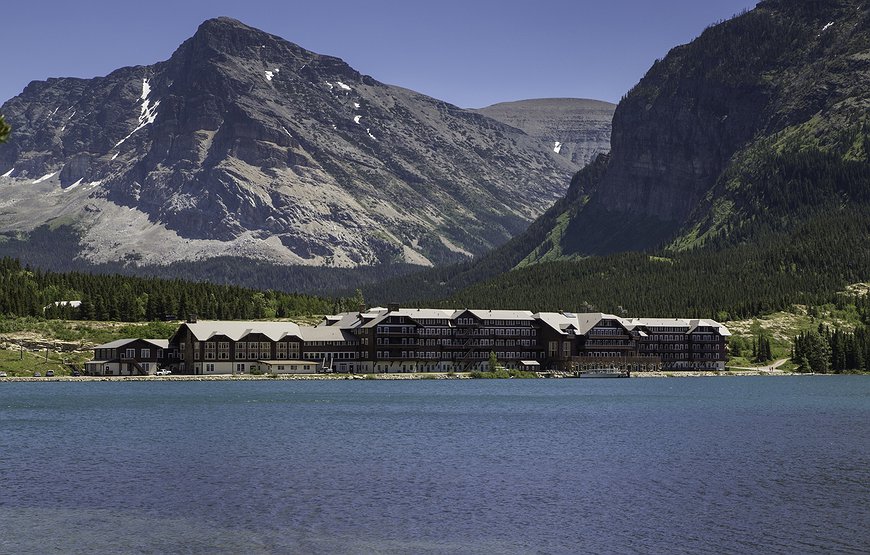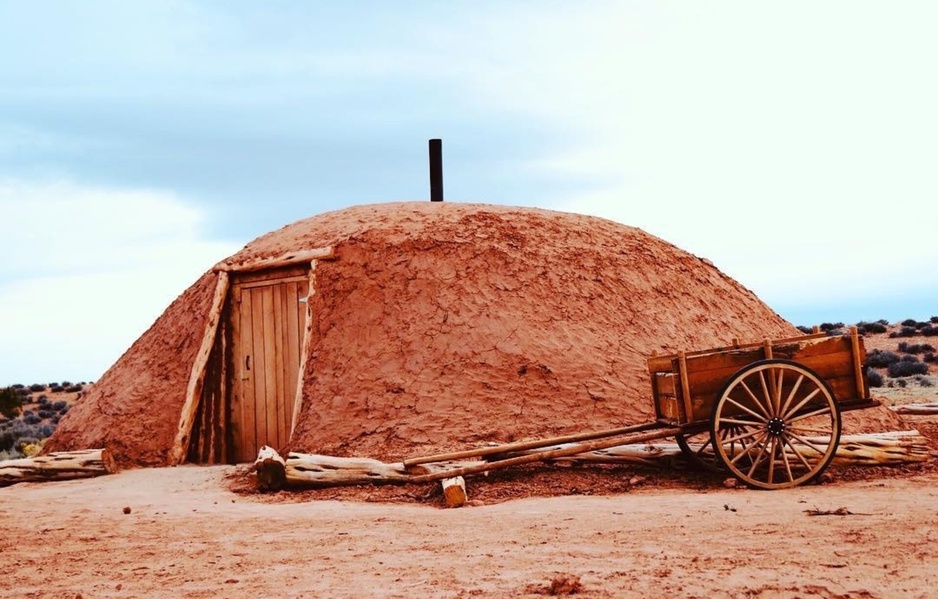
There's a certain magic to staying somewhere without electricity or running water, somewhere a five-minute hike takes you to views of the Colorado River and Lake Powell, and where the night sky is so unmarred by light pollution that the stars seem to multiply the longer you stare at them. Shash Diné Eco-Retreat, a working ranch on Navajo land in Arizona, has discovered how to make roughing it feel refined.
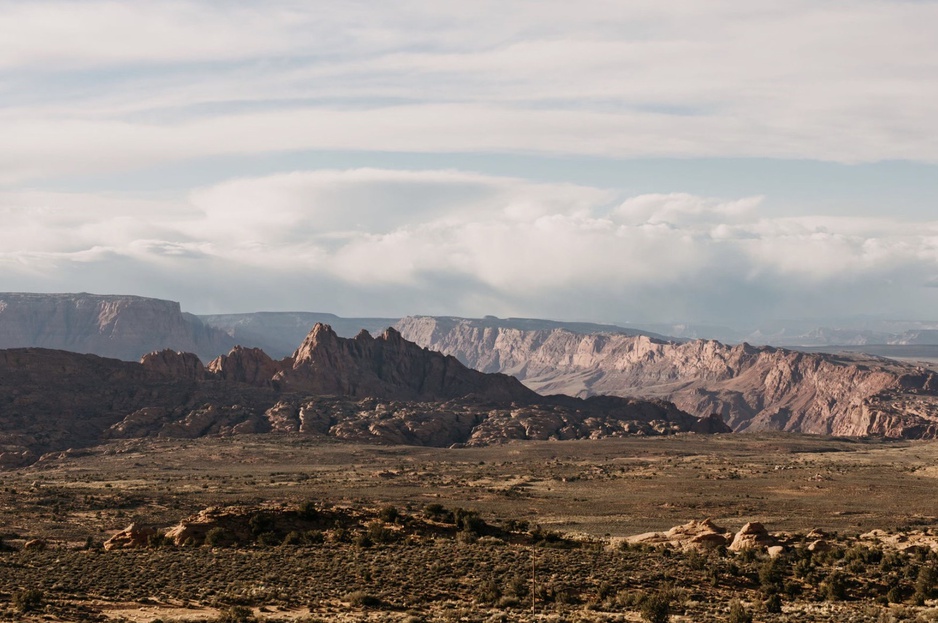
Located 12 miles south of Page, Arizona, just off Highway 89, Shash Diné sits tucked beneath a sagebrush-studded mesa overlooking the valley floor. The retreat occupies ancestral lands stewarded by Baya Meehan's family for at least 18 generations. Her grandmother, Thelma-Clara, lived as a traditional Navajo, moving seasonally with her herds of sheep and cattle across high cedar country down to the Colorado River before Lake Powell was built.
When seasonal migration became impossible after highways were constructed in the late 1960s, Thelma-Clara settled on land where Baya and her husband Paul now run their business. The summer sheep camp became home; the winter camp stands just below the mesa where Baya's brother lives today.
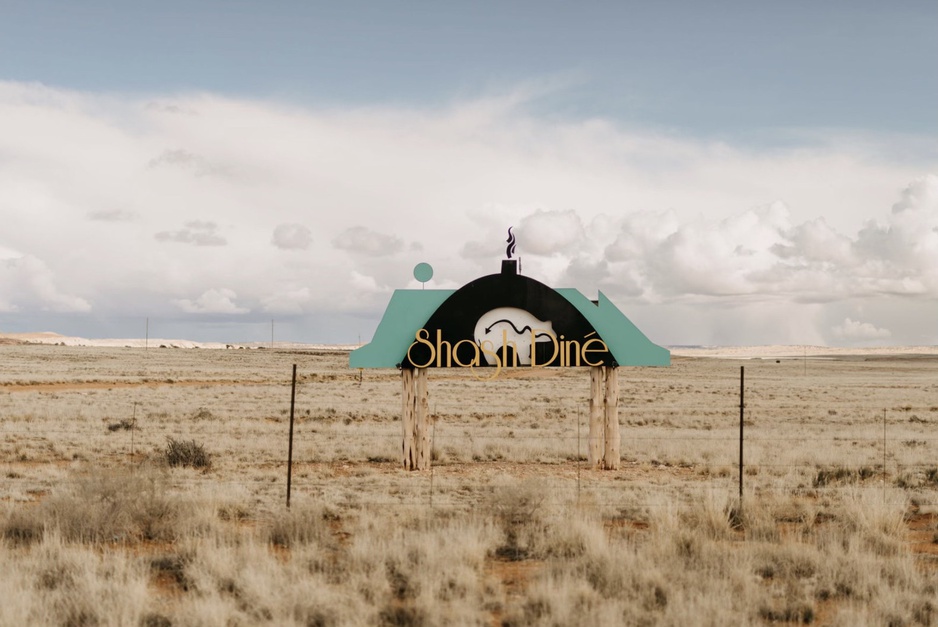
The Meehans returned to the family ranch six years ago after years away. Baya worked as a receptionist at a naturopathic doctor's office in Bisbee while Paul co-owned a café. They came back with a shared vision of economic development on the reservation.
Recognizing that visitors to the nearby Glen Canyon National Recreational Area expressed interest in Navajo culture, and frustrated by the lack of infrastructure to support such experiences, they decided to start a B&B. They wanted to stand out, so they chose glamping. One of their first goals was to return Navajo Churro sheep to land where they once grazed, restoring not just their family's heritage but the landscape's history as well.
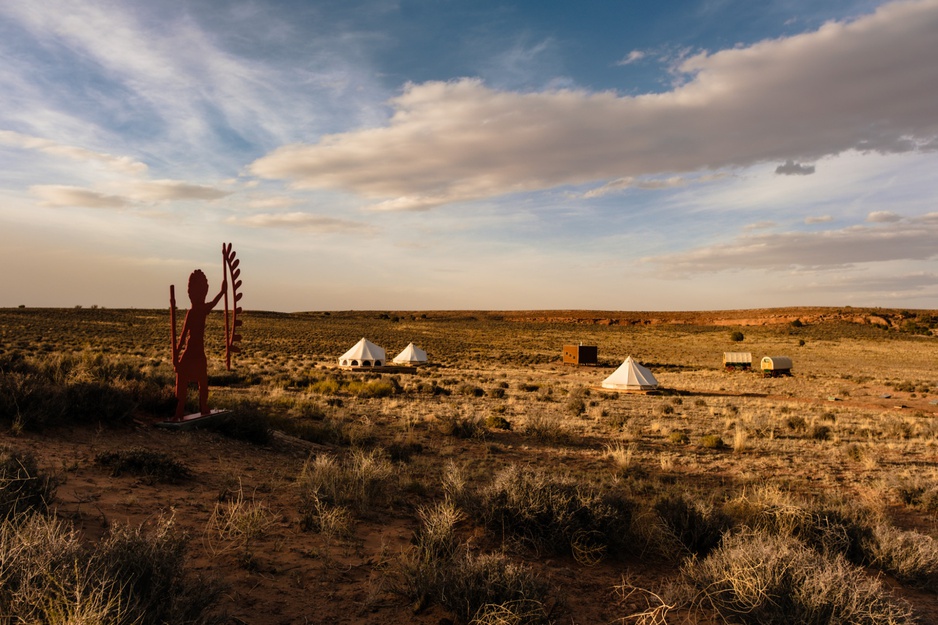
The Navajo Business Incubator Network helped legitimize and expand their vision. Within six years, Shash Diné grew from an ambitious idea to a fully booked retreat, attracting guests from across the country and from Europe and Australia. The owners now offer what they call "The Navajo Experience" – a two-night immersion in earth-and-log hogans, traditional meals, and guided tours of the land. No performances, no staged authenticity. Just a slice of life on Navajo land, offered respectfully.
The Fire, the Animals, the Rhythm of the Desert
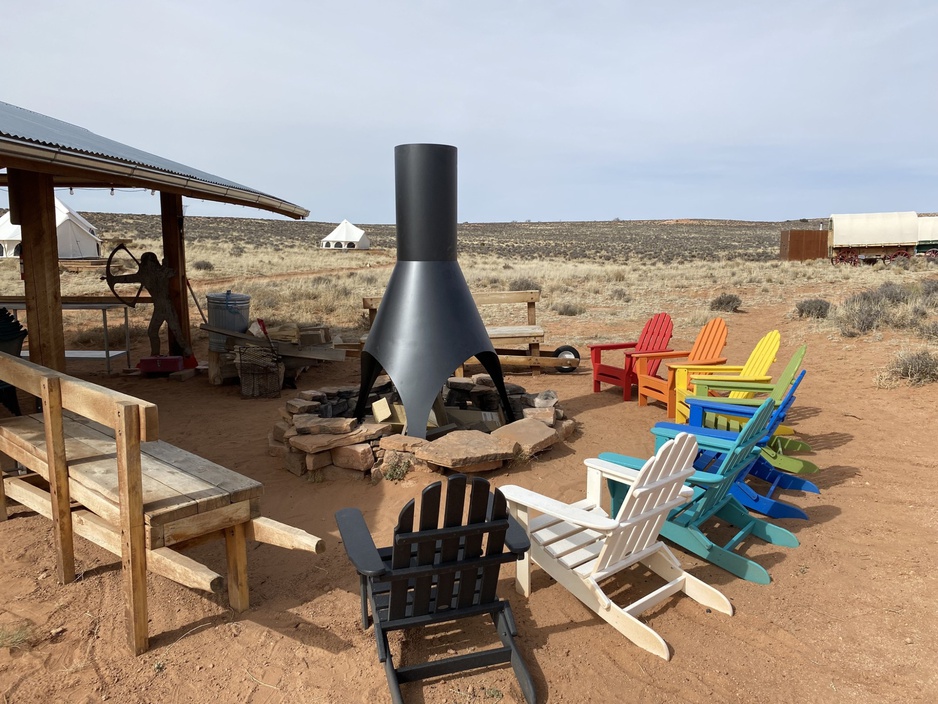
Evenings at Shash Diné center on the outdoor fire pit. You gather around logs piled high for sitting, a bundle of firewood provided for the night, and watch the landscape shift through shades of purple, orange, and red as the sun dips behind the distant ridges. Lightning storms occasionally roll through in the distance, dramatic and silent from where you stand. The fire keeps you warm for hours, and beneath the stars that seem impossibly close and bright, conversations naturally slow and deepen.
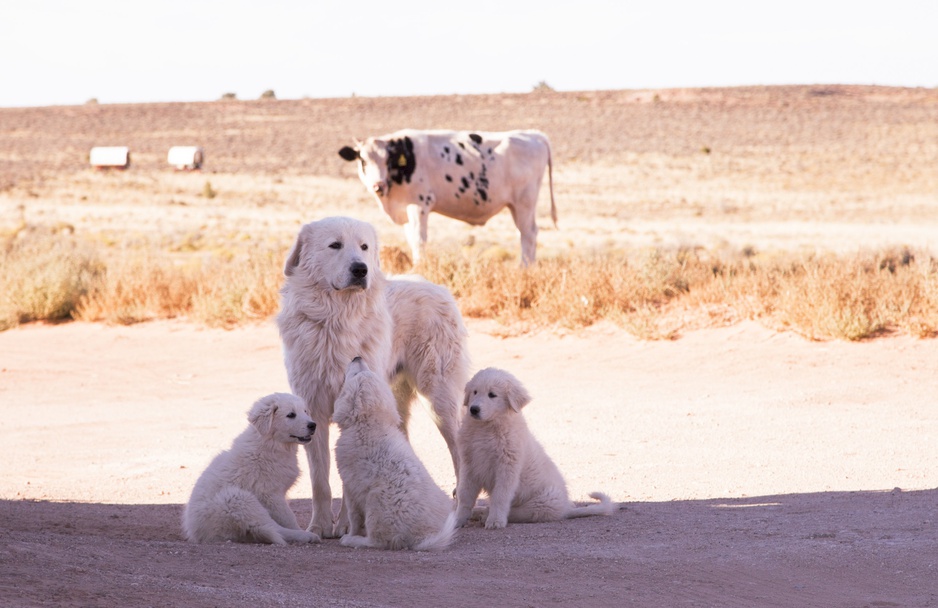
The ranch operates as a working farm. Great Pyrenees and Maremma Sheepdogs move across the property, guardian breeds trained to protect the livestock. Navajo Churro sheep, Anglo-Nubian goats, horses, cattle, and chickens complete the ecosystem.
The animals aren't attractions; they're part of daily life here. You encounter them moving through the landscape, part of the continuum that connects the Meehans and their family members to generations of Navajo herders before them.
Where You Stay
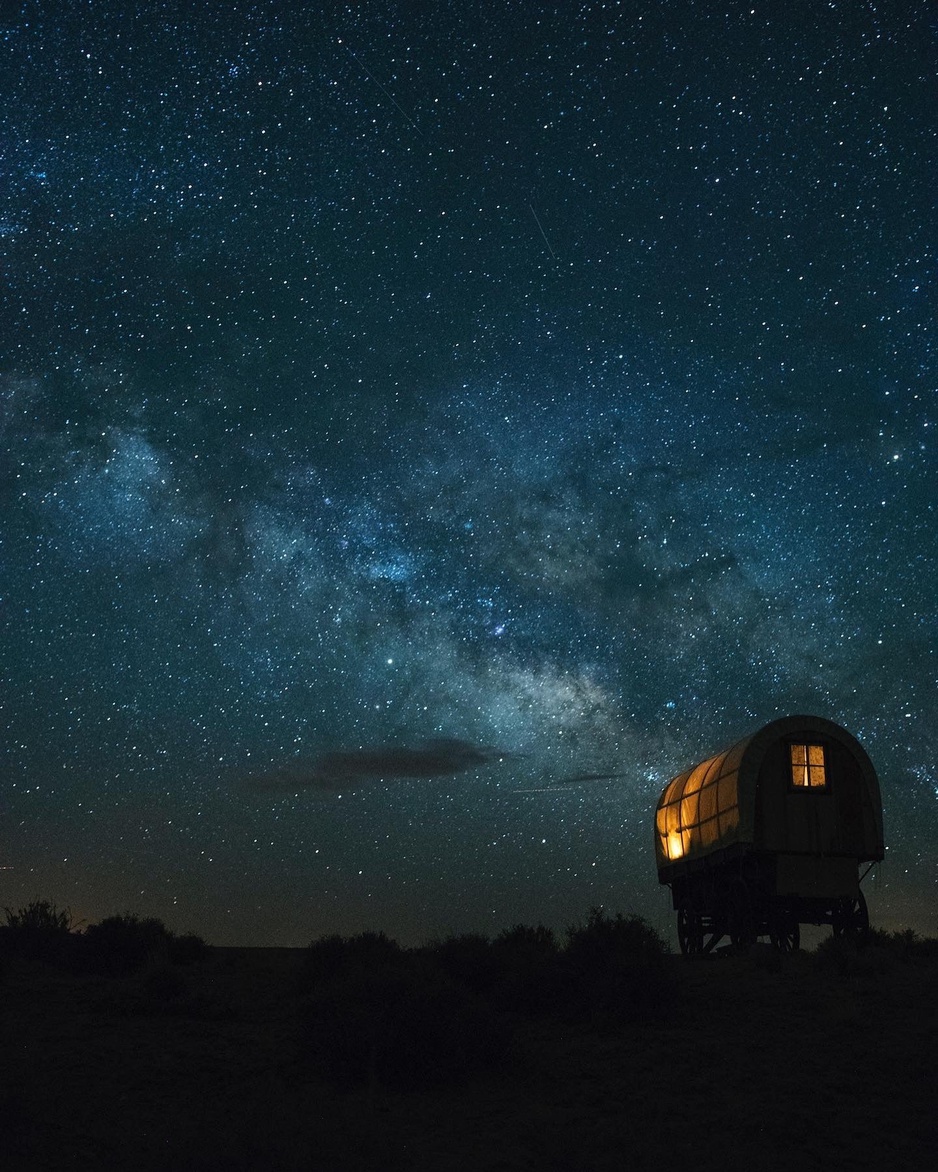
Shash Diné offers five accommodation types, each designed to deepen your connection to the desert while providing genuine comfort. All are completely off-grid, heated by wood-burning stoves in winter, and equipped with quality bedding featuring warm down comforters and Pendleton wool blankets. Flashlights, lanterns, solar lights, books, games, complimentary snacks, juice, and water come standard. Shampoo, conditioner, soap, washcloths, and towels are provided. The bathrooms are not attached to the structures but rather short walks away.
The Sheep Wagon
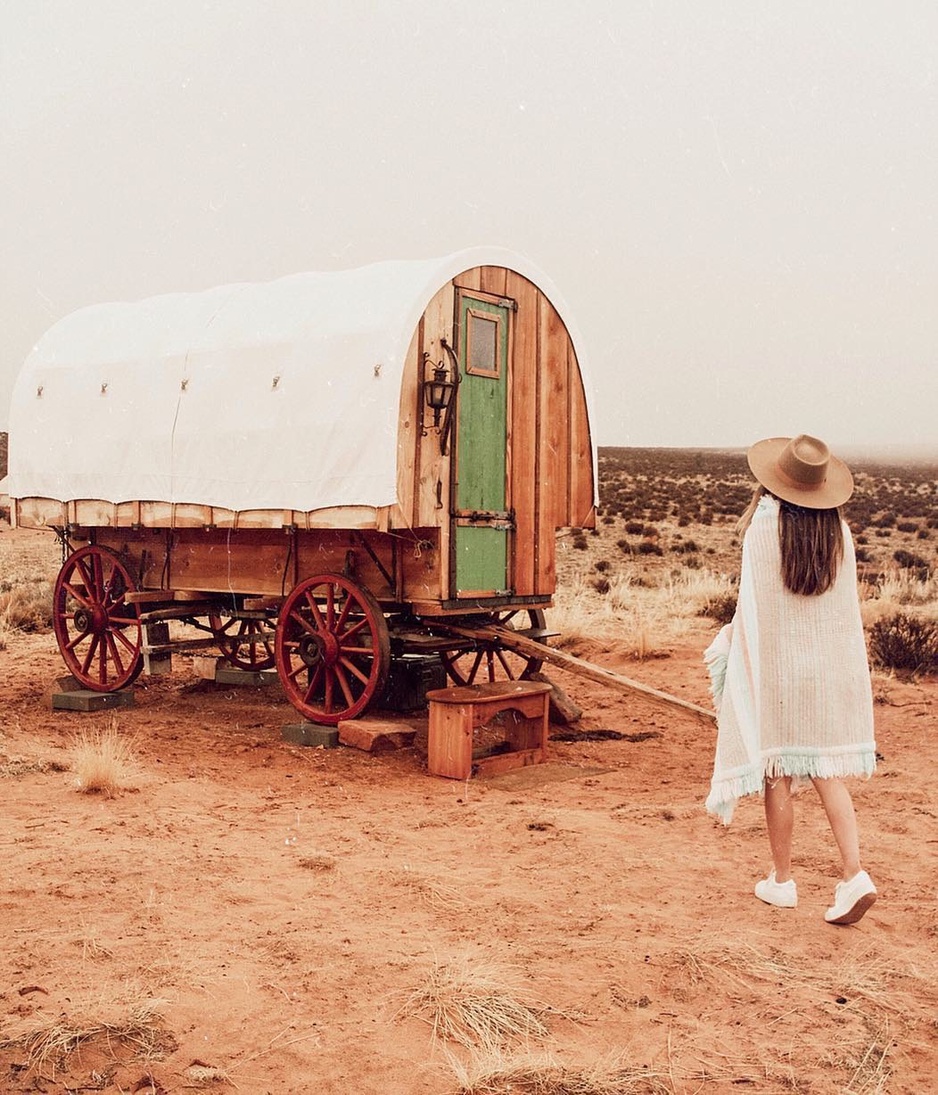
Two fully restored covered sheepherder wagons accommodate two people each in a single queen bed. These pioneer-era structures have been updated with proper bedding and modern conveniences while retaining their historical character. You sleep in what nineteenth-century herders once called home. An outdoor fire pit with logs for seating and firewood bundles sits nearby. Cooking is not supported, but the simplicity works in your favor – there's nothing between you and the landscape except canvas, wood, and time.
The Bell Tent
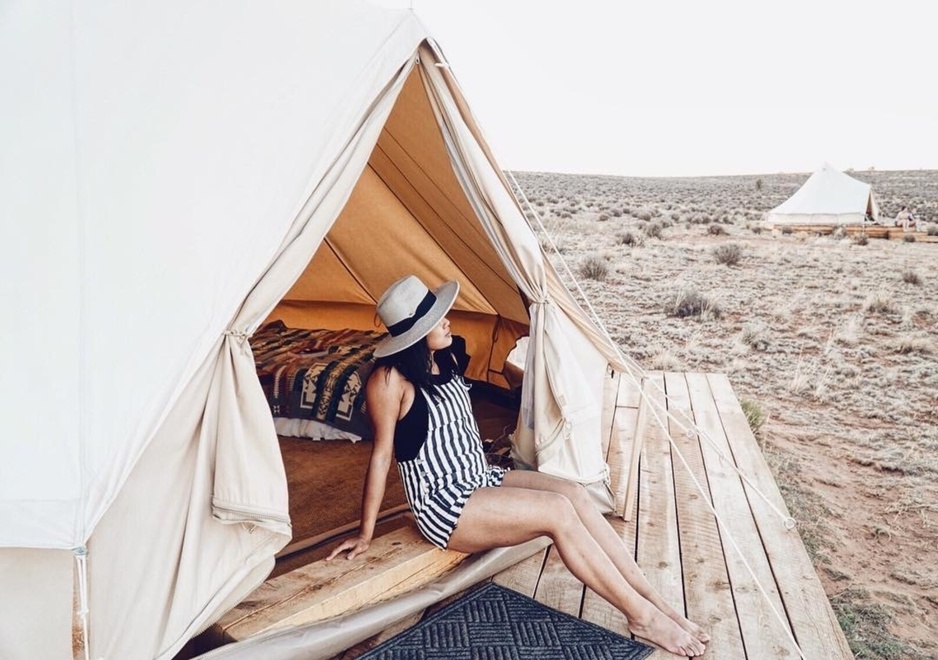
These are luxurious camping experiences, but not sterile ones. The canvas walls mean you hear the wind, the occasional animal sounds, the rain if storms pass through. You're enclosed but not isolated from the environment around you.
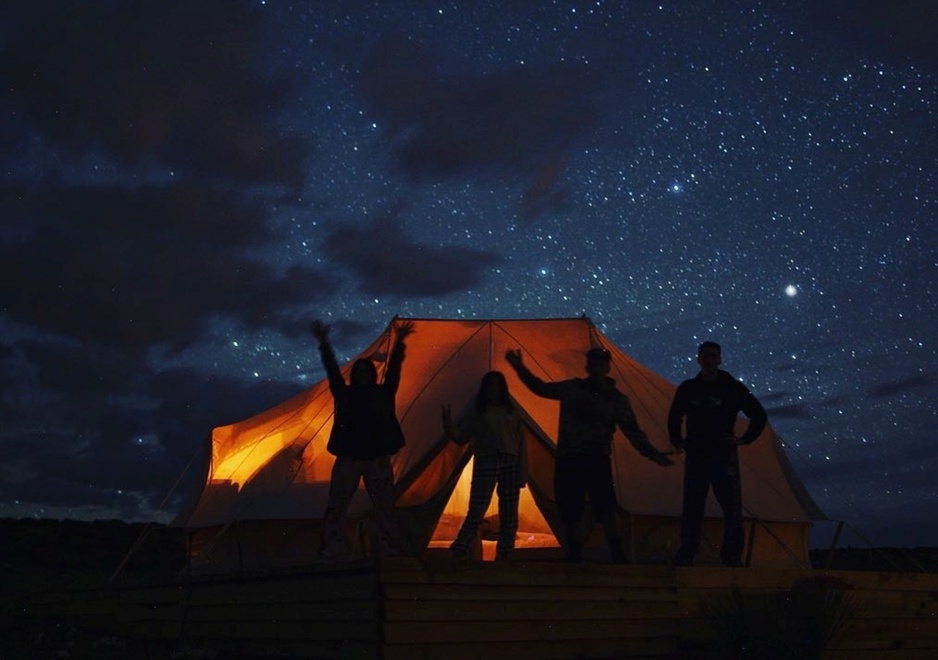
An outdoor fire pit with logs and firewood is provided.
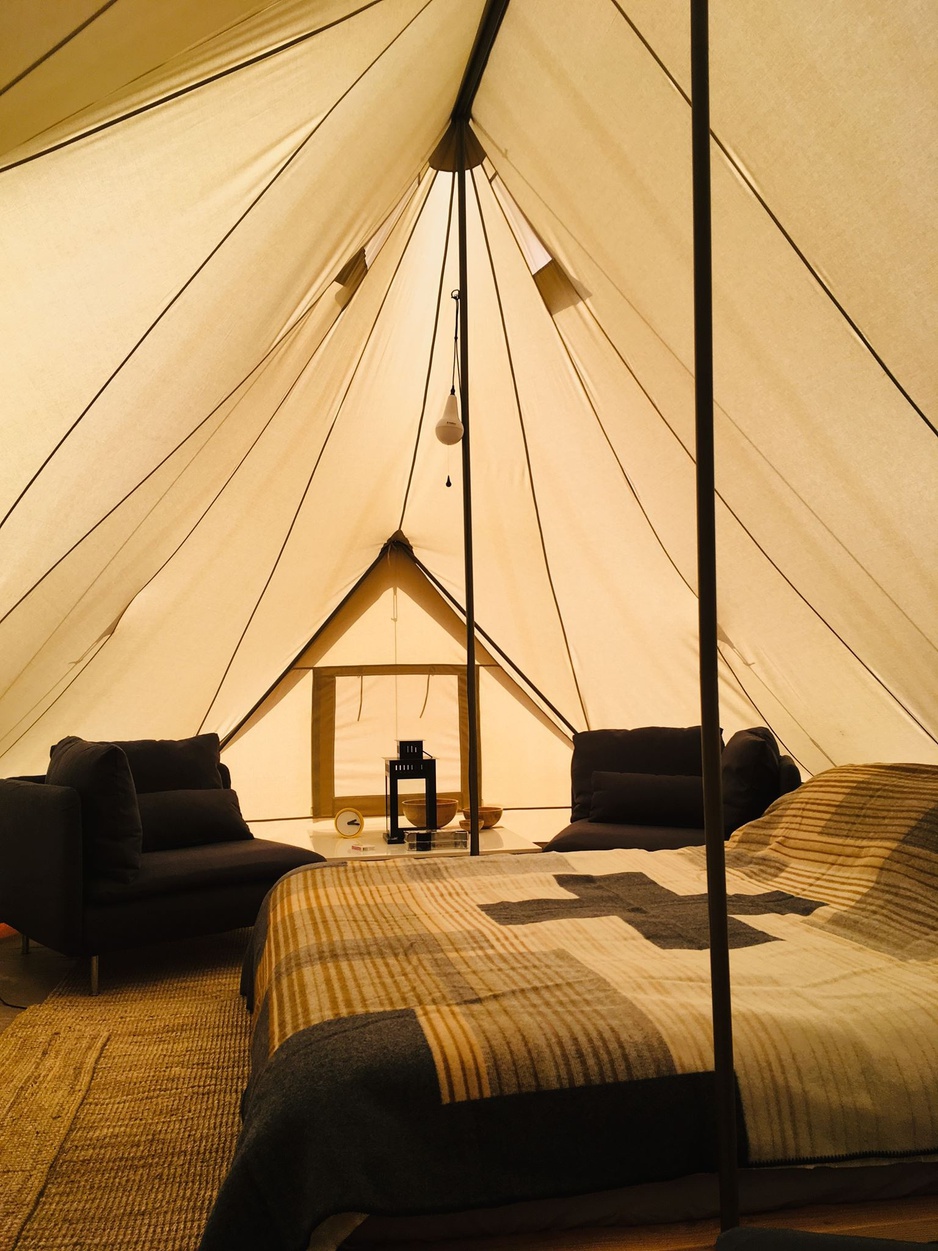
Canvas bell tents come in configurations that sleep four. Each has two queen beds set with the same quality linens and wool blankets found throughout the property.
The Hogan
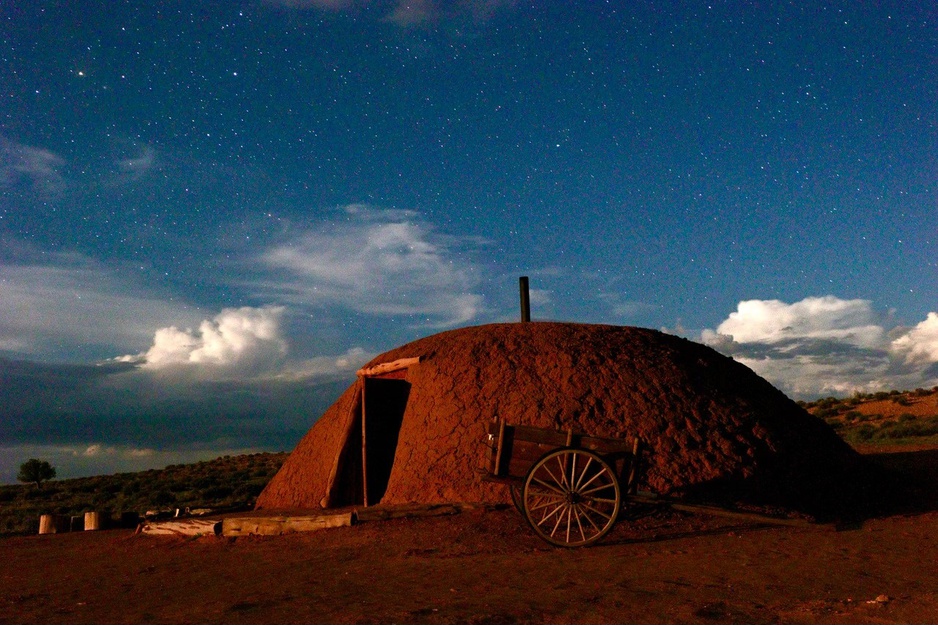
Two traditional Navajo dwellings are available year-round. One is a historic wooden octagon built generations ago. The other, constructed in 2015 by a traditional Navajo builder using locally harvested juniper, features earth and log construction. A hogan functions as a home and the center of ceremonial activity for the Diné people. This one, where Baya's grandmother once lived, sleeps four in twin beds.
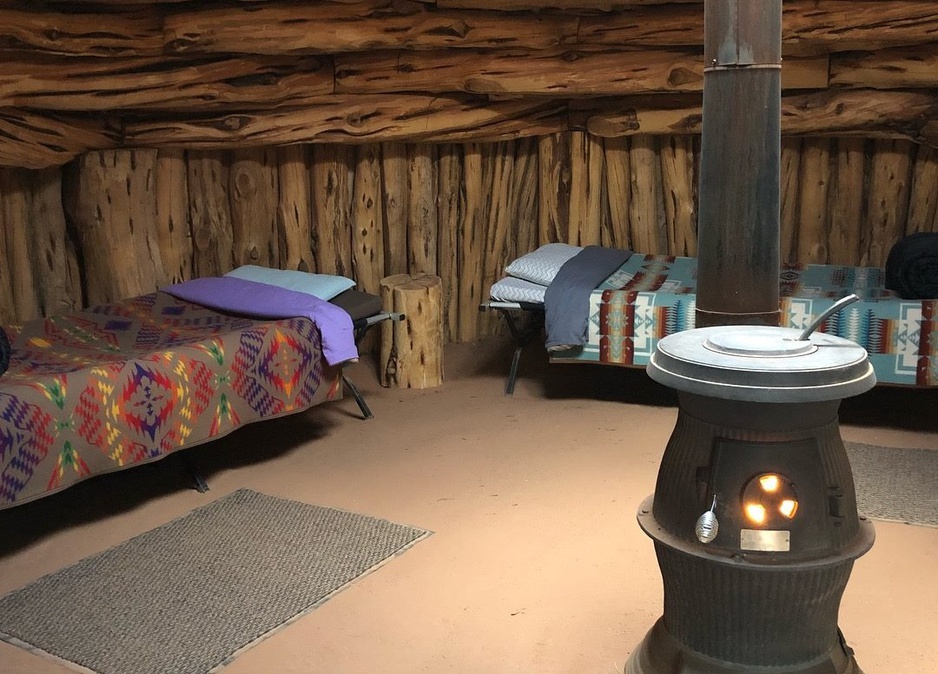
The octagonal structure faces east, as all traditional hogans do, with a wood-burning stove providing both warmth and a place for ceremony. Firewood is provided in winter. The intimacy of staying in such a structure – walls made of woven juniper branches, a fireplace in the center – creates an experience difficult to replicate elsewhere.
The KYOOB
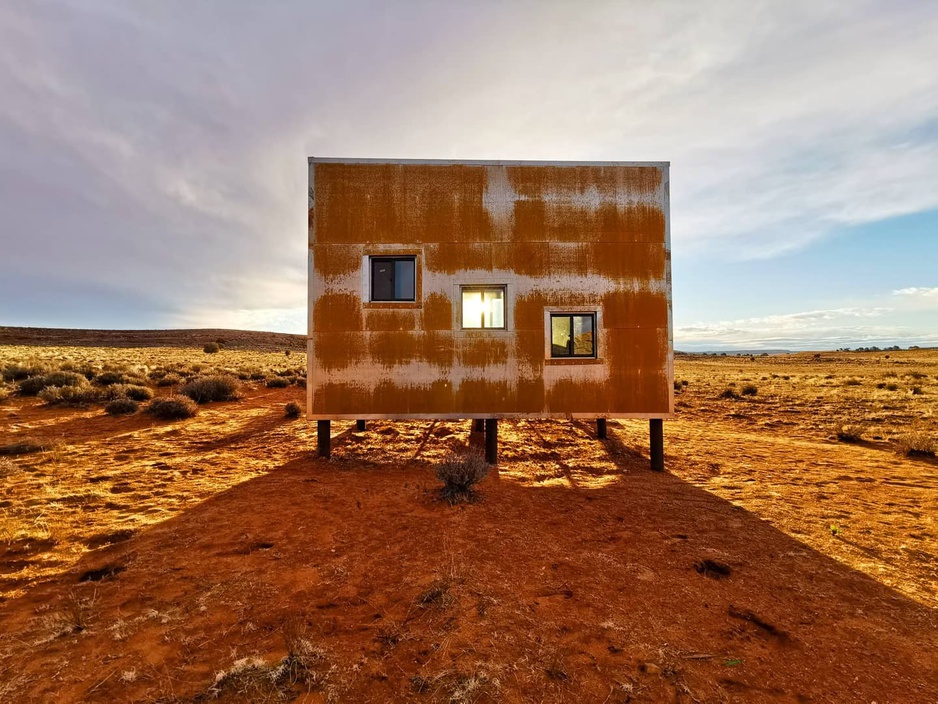
The newest accommodation is the KYOOB, a modern architectural statement that looks like an industrial cube on stilts. Inside, the space feels simultaneously minimalist and warm.
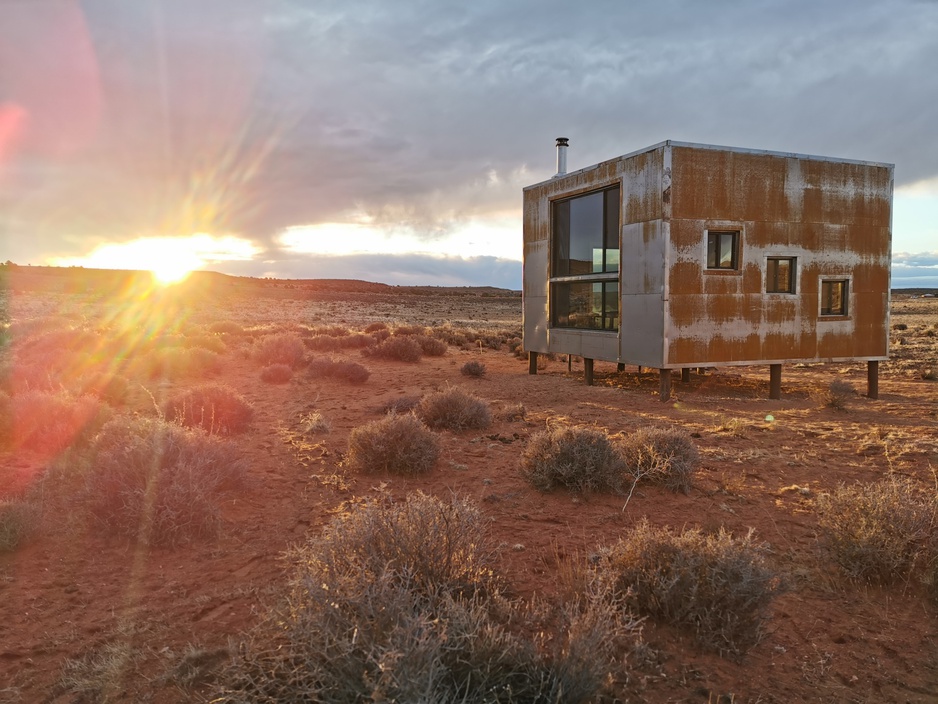
Huge windows provide arrestingly immediate views of the landscape and plenty of natural light during the day. There are no curtains and no electricity, so at night you rely on solar lamps or surrender to darkness and let sunrise serve as your alarm clock.
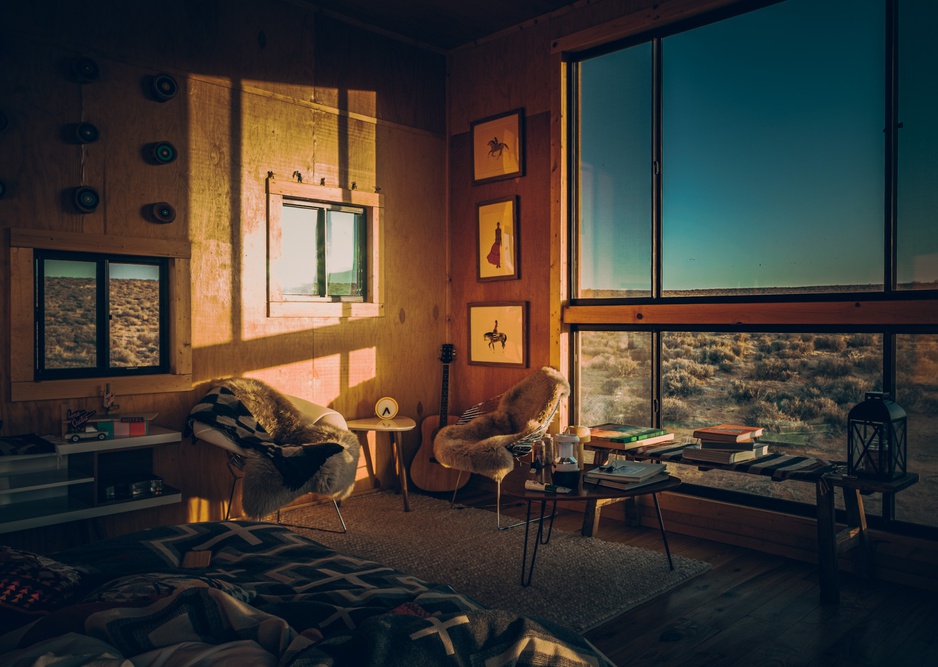
The interior design draws from multiple traditions – Navajo patterned bedding, tribal line drawings, midcentury modern furniture, a retro wood stove painted yellow. A single king-size bed with quality down comforter and wool blankets dominates the space.
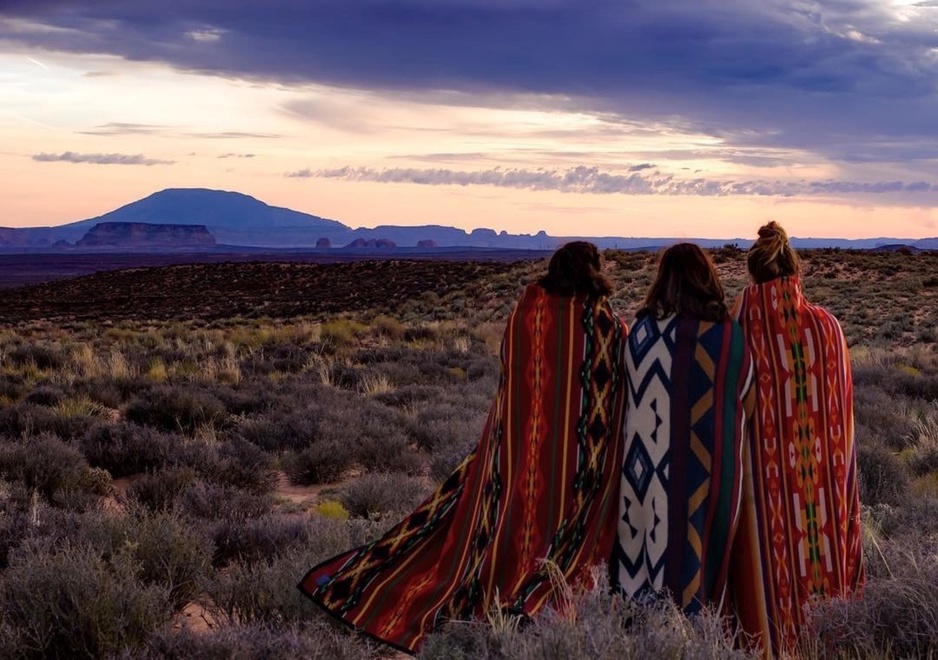
What to bring depends on when you visit. The area is medium to high desert – warm, sun-filled days but nights that cool significantly. Water, sunscreen, jackets, layers, sunglasses, close-toed shoes, and hats are always recommended. It is very sunny in the Southwest. A short hike up a nearby ridgeline reveals views that seem to rival those from the Grand Canyon itself – and some who've stood before both swear they do.
This is not the kind of place where you come to be entertained. You come to be still, to watch the fire burn down, to understand why every civilization since the dawn of time has looked to the stars to tell its story. You come to stay on land where that story has been told for twenty generations. And if you're lucky, you leave understanding something about yourself you didn't know when you arrived.
Hwy 89 Navajo Route 6211, Page, AZ 86040, United States

